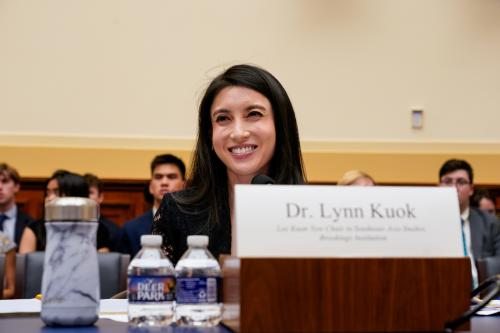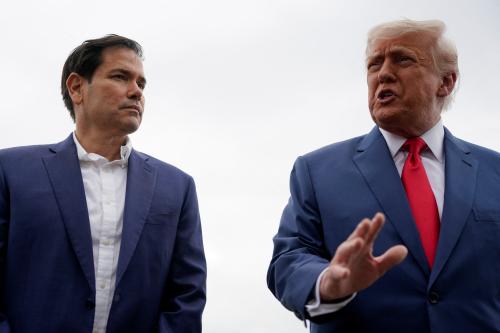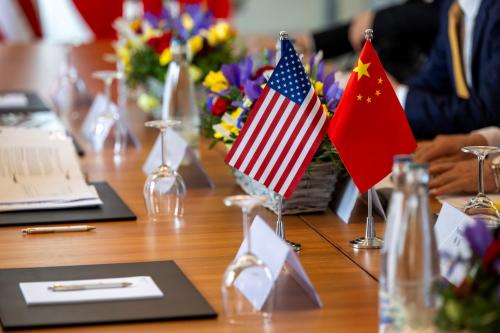While the precise starting point of China’s reforms is rather difficult to pinpoint,
a series of crucial events—ranging from the famous 3rd Plenum in 1978 and 5th
Plenum in 1980, to the 1981 “Decisions on Some Historical Problems of the Party
Since Its Inception” and the 12th Party Congress of 1982—were perhaps collectively
responsible for the evolutionary path in which China’s reforms were gradually shaped as
the policy platform that we know today. Irrespective of the timeframe chosen, there is
no denying that China’s reforms in the last two and a half decades have been remarkably
successful. Its impressive accomplishments are further highlighted when juxtaposed with
the successive fiascos of the Maoist “egalitarian” experiments as well as with the postsocialist troubles in which Russia has found itself.
A wide range of measures and indicators are available to suggest that China’s
economic reforms have been a remarkable success. The 9.4% average annual GDP growth
rate for the 1978 to 2000 period is very impressive as it is almost three times that of the
world at large (3.3%). China is currently the largest producer of television sets, air
conditioners, cameras, and telephones. China ranks 2nd in terms of total foreign currency
reserves that reached $250 billion in late 2002. China’s economy ranks 6th in terms of
total GNP and total volume of foreign trade. When purchasing power parity (PPP) is
used, China’s economy ranks 2nd only to the United States. If China maintains an
average annual growth rate of 5% or more over the next decade, it will certainly surpass
Britain, France, and Germany, if not Japan also, by 2010.
China has indeed become, as Lee Hsien Loong, Deputy Prime Minister of Singapore, aptly put it, “the biggest new variable in the global equation.” On top of being a permanent member of the United Nations’ Security Council and the exclusive “nuclear club,”
China is slowly but undeniably strengthening its foothold in various regional and global
issue-areas. Regionally, during the late 1990s, it displayed leadership potentials by not
devaluing its currency during the financial crisis that engulfed East Asia. China has also
been very active in participating in a wide range of multilateral institutions, including
ASEAN plus three, and the Four-Party Talks on Korean Peninsular issues. Furthermore, China has made efforts to create multilateral forums of its own by establishing the Boao
Asian Forum and the Shanghai Cooperation Organisation (or the “Shanghai Six”).
View Full Article (PDF—72kb). Get Adobe Acrobat Reader
The Brookings Institution is committed to quality, independence, and impact.
We are supported by a diverse array of funders. In line with our values and policies, each Brookings publication represents the sole views of its author(s).



Commentary
China’s Reforms at Twenty-five: Challenges for the New Leadership
March 1, 2003